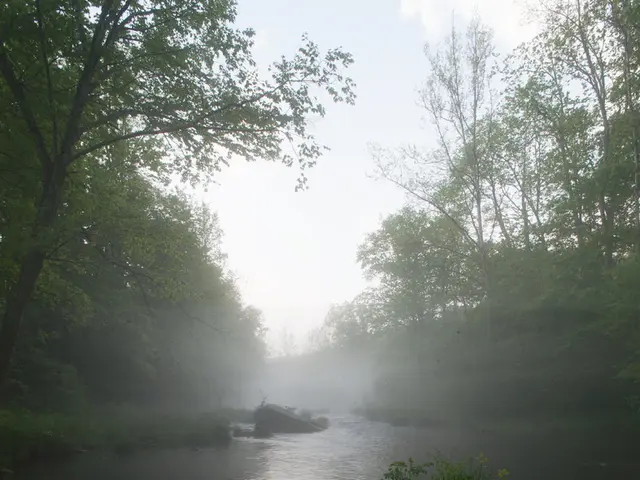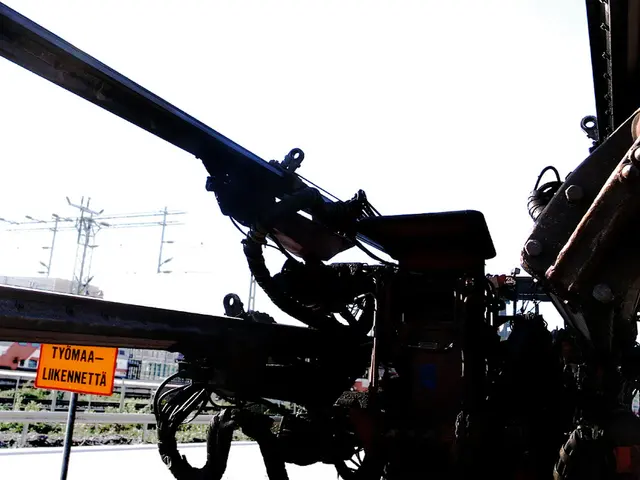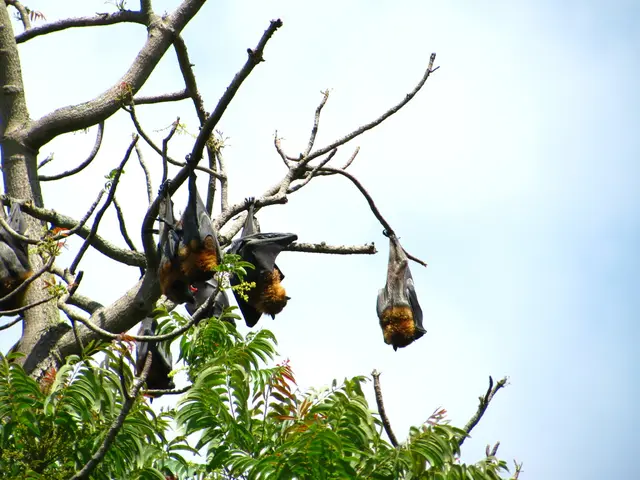Assembling a comprehensive chronolapse of the celestial sphere during the night, a state-of-the-art observatory is set to establish a never-before-seen record of the night sky.
In June 2025, the world will get its first glimpse of the universe as seen through the eyes of the Vera C. Rubin Observatory, named after the renowned US astronomer who discovered the first strong evidence for dark matter. The observatory, situated in the Chilean Andes, will conduct the Legacy Survey of Space and Time (LSST) – an ambitious 10-year astronomical survey designed to map the southern sky repeatedly every few nights to create a time-lapse record of the universe.
The Rubin Observatory, built on Cerro Pachón, employs a wide, deep, and fast survey approach with the world's largest digital camera. This camera, the size of a small car and weighing over three tonnes, uses enormous filters to capture the universe in colour. Each image it captures has enough detail to spot a golf ball from 25km away.
The main goals of LSST at the Rubin Observatory are manifold. It aims to systematically map the southern sky, tracking about 20 billion stars and galaxies, including many previously unknown ones, to provide a comprehensive census of the cosmos. The survey also seeks to investigate major mysteries of the universe, particularly the nature of dark energy, dark matter, and the formation and evolution of galaxies.
Moreover, the observatory is equipped to enable fast response to transient cosmic events like supernovae and gravitational wave signals, with automated scheduling and alerts for such occurrences. It will provide public access to the vast data it collects, allowing scientists, students, and citizen astronomers worldwide to analyze and use the data for various scientific investigations.
The LSST builds upon prior sky surveys but offers unprecedented breadth, depth, and speed, serving as a foundational data source for astronomy for the next decade through its extensive, repeated, and high-resolution sky imaging. However, the observatory faces challenges, such as light pollution from satellite mega-constellations. To tackle this issue, the Rubin Observatory staff are developing simulation tools to predict and reduce satellite interference, and they are working with satellite operators to dim or reposition spacecraft.
The first images from the observatory will be livestreamed in English and Spanish on June 23, 2025. Celebrations are planned at venues around the world for this historic event. The first observations with a low-resolution test camera were carried out in October 2024. Despite the challenges, the Rubin Observatory, a collaboration between the US National Science Foundation and the Department of Energy, with global partners contributing to data processing and scientific analysis, promises to reveal rare and fleeting cosmic events, such as the collision of neutron stars, and contribute significantly to our understanding of the universe.
Read also:
- Annual energy expenditure at the University Science Building slashes by $1.2 million, all the while adhering to environmental safety ventilation standards.
- GPS Tracking System Unveiled by RoGO Communications for Wildland Firefighting Operations
- Strategies for Minimizing Greenhouse Gas Emissions from the Built Environment
- Most Potent Nuclear Explosive Ever Constructed - Tsar Bomba








